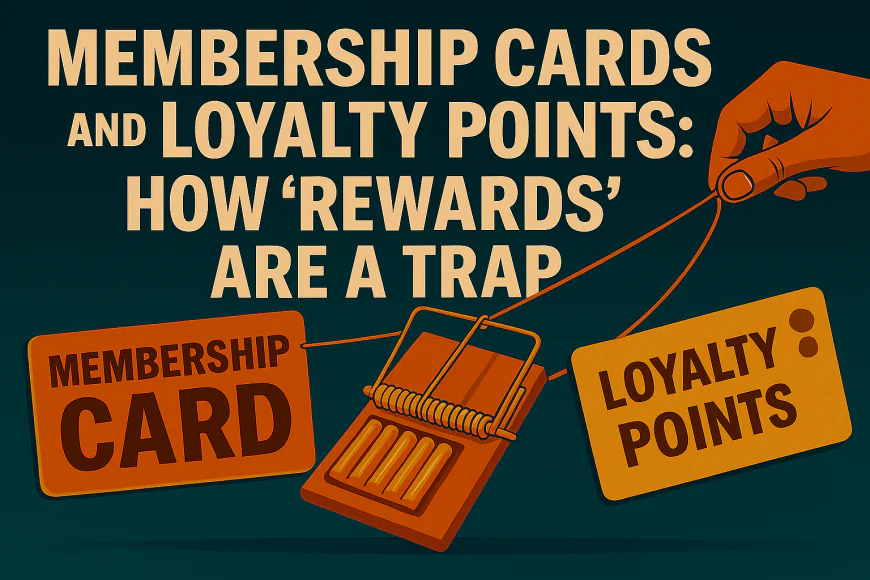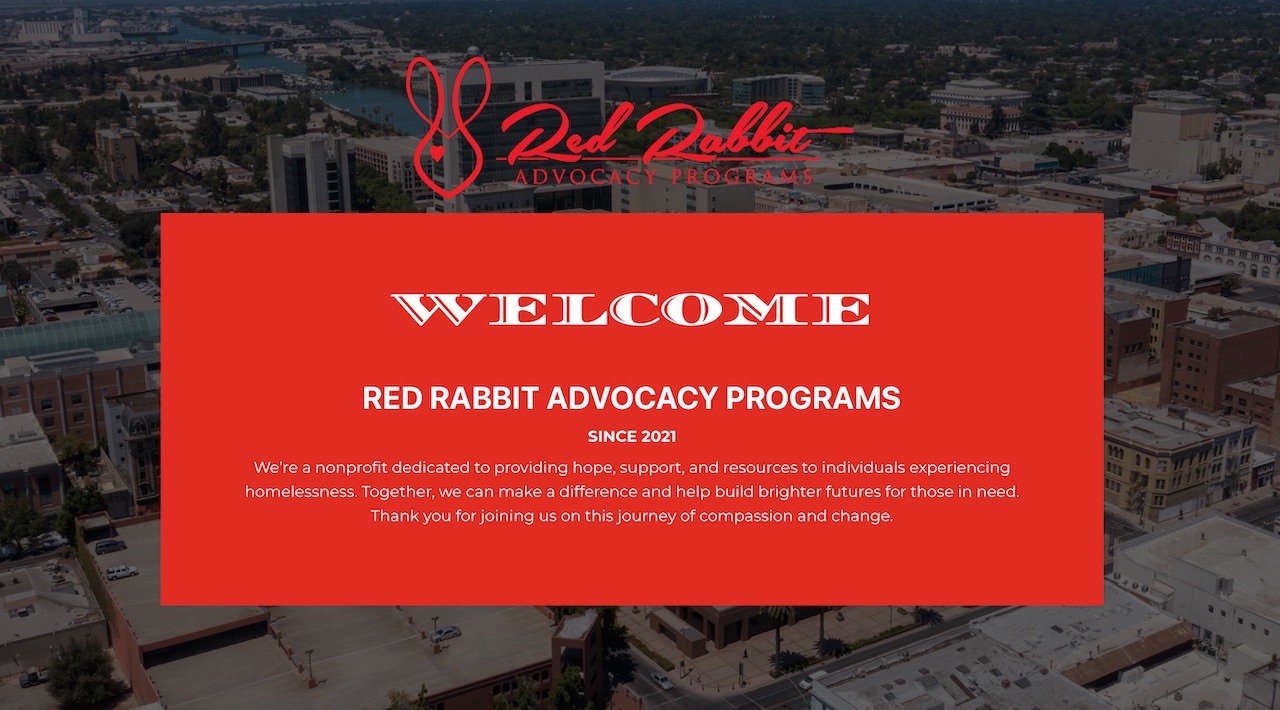Membership Cards and Loyalty Points: How ‘Rewards’ Are a Trap
Airline miles, cashback points, store apps—friendly? Or financial fentanyl? You signed up for the app. You scanned your loyalty barcode. You earned 3 points for buying toothpaste, 5 for posting a review, and 10 more for “staying active.” It feels like winning. But behind those colorful dashboards, psychological nudges and data siphons are turning you into the perfect customer—predictable, pliable, and perpetually spending. Welcome to the Rewards Economy—where loyalty isn’t rewarded, it’s extracted.

🎁 What “Rewards” Really Reward
Loyalty programs sound generous. But they’re built around one goal: behavioral manipulation.
-
Store cards use discounts to nudge you into “exclusive” pricing tiers—often for things you don’t need
-
Airline miles lock you into brand ecosystems, even when other options are cheaper or better
-
Credit card rewards encourage spending for perks that cost more than they return
Psychologists call this operant conditioning:
Reward a behavior → Increase repetition → Build a habit → Control the outcome
It’s not generosity—it’s spending choreography.
🧠 The Psychology of Overspending: How They Hook You
The trap starts with subtle nudges:
-
Progress bars: “Only 2,000 points until Gold Status!” (gamification of consumerism)
-
Urgency cues: “Offer ends soon!” = artificial scarcity
-
Tiered status levels: Bronze, Silver, Gold, Platinum—built to trigger status envy
-
“Loss aversion” nudges: “Use your points before they expire!”
These features tap directly into dopamine loops—your brain’s reward center fires up when you're “earning,” even if spending more than you're gaining.
The result? You start buying based on points, perks, and badges—not need.
🔍 They’re Tracking Everything—Even Emotions
When you use a loyalty app or rewards card, you’re not just earning points—you’re giving up data:
-
Time of purchase
-
Location history
-
Product preference
-
Frequency of visits
-
Impulse triggers
That data is fed into predictive algorithms. Combined with your social media, browsing history, and—yes—your credit score, it creates a hyper-detailed avatar of you.
And that avatar isn’t used to help you. It’s used to push offers when you’re most vulnerable.
💳 Credit Card Rewards = Debt Bait
Ever spend $500 to earn $50 in cashback?
Credit card rewards are marketed as smart money moves, but most programs:
-
Incentivize spending for points
-
Charge high APRs that outweigh perks
-
Prey on FOMO: “Look what I earned!”
For most users, rewards do not offset interest charges or overspending. And if you carry a balance—even once—you’re in the red.
Even worse? Credit scores themselves reward risky behavior:
More accounts. More usage. More “activity.” Financial stability ≠ high score. Credit risk tolerance does.
🛍️ Retail Loyalty Cards = Price Gaming
Ever notice “exclusive pricing” that somehow feels... inflated?
Retailers design loyalty programs to manipulate price perception:
-
Mark up baseline prices
-
Offer “member discounts” to make you feel lucky
-
Push bonus point days tied to big spending windows (weekends, holidays)
You spend more chasing points. They rake in profits under the illusion of savings.
✈️ Airline Miles: Frequent Flyer, or Frequent Victim?
Frequent flyer programs are brilliant at creating emotional loyalty:
-
“Elite” status tiers with early boarding and lounge access
-
Award bookings that require complex point math
-
Mileage inflation over time (your old points now worth less)
And here’s the kicker: Airline miles often expire, devalue, or require blackout workaround flights. In other words—you earn fantasy currency, not real value.
🧾 The “Value Illusion”
Most loyalty programs rely on asymmetric information:
You don’t know the real value of a point, how redemption works, or how the company profits from your behavior. That’s by design.
Want examples?
-
A $50 gift card might require $2,000 in spend
-
“Free” flights cost $90 in hidden fees
-
App-only discounts require permission to track your movements
Your “reward”? Becoming a data point in a corporate behavioral lab.
🔐 How to Break the Reward Trap
It’s not all doom—just clarity. Here's how to regain control:
-
Treat points like decorations, not decision-makers
-
Use cashback cards only if you pay in full, every time
-
Choose retailers based on ethics and product quality—not reward tiers
-
Delete store apps that track location or require login for pricing
-
Ask brands for transparency on point valuation
And most of all—stop treating spending as winning. Every “reward” comes with a receipt.
💥 Loyalty Is a Business Model. Not a Relationship.
You’re not part of a club. You’re part of a funnel.
Brands don’t reward loyalty out of gratitude. They do it to steer your behavior, lock in your data, and build predictable profit paths from your habits.
So next time an app flashes “YOU’VE EARNED IT!” just remember: The house always wins. Especially when the chips look like airline miles.
🔍 Trusted Sources to Fact Check this Article
| Topic | Source | Link |
|---|---|---|
| Psychology of Overspending | U.S. News | Inside the Psychology of Overspending |
| Credit Card Rewards & Data Harvesting | PIRG | How Mastercard Sells Transaction Data |
| Reward Systems & Behavioral Nudges | Psychology Today | Compulsive Spending: What You Need to Know |
| Loyalty Program Statistics | Forbes | 50 Stats That Show the Importance of Loyalty Programs |
| Credit Card Rewards Redistribution | Federal Reserve | Who Pays for Your Rewards? |
| Brand Loyalty & Consumer Behavior | Capital One Shopping | Brand Loyalty Statistics (2025) |
What's Your Reaction?
 Like
0
Like
0
 Dislike
0
Dislike
0
 Love
0
Love
0
 Funny
0
Funny
0
 Angry
0
Angry
0
 Sad
0
Sad
0
 Wow
0
Wow
0





























